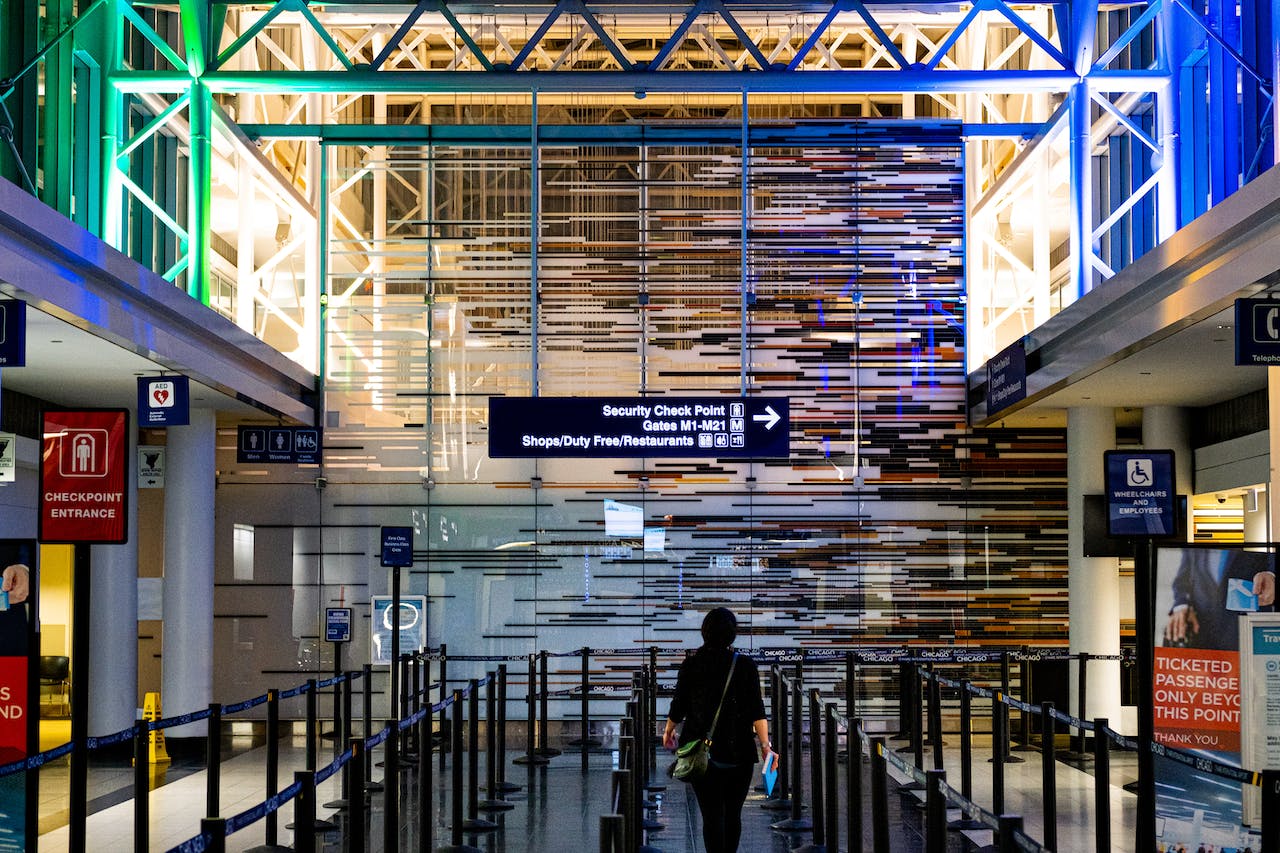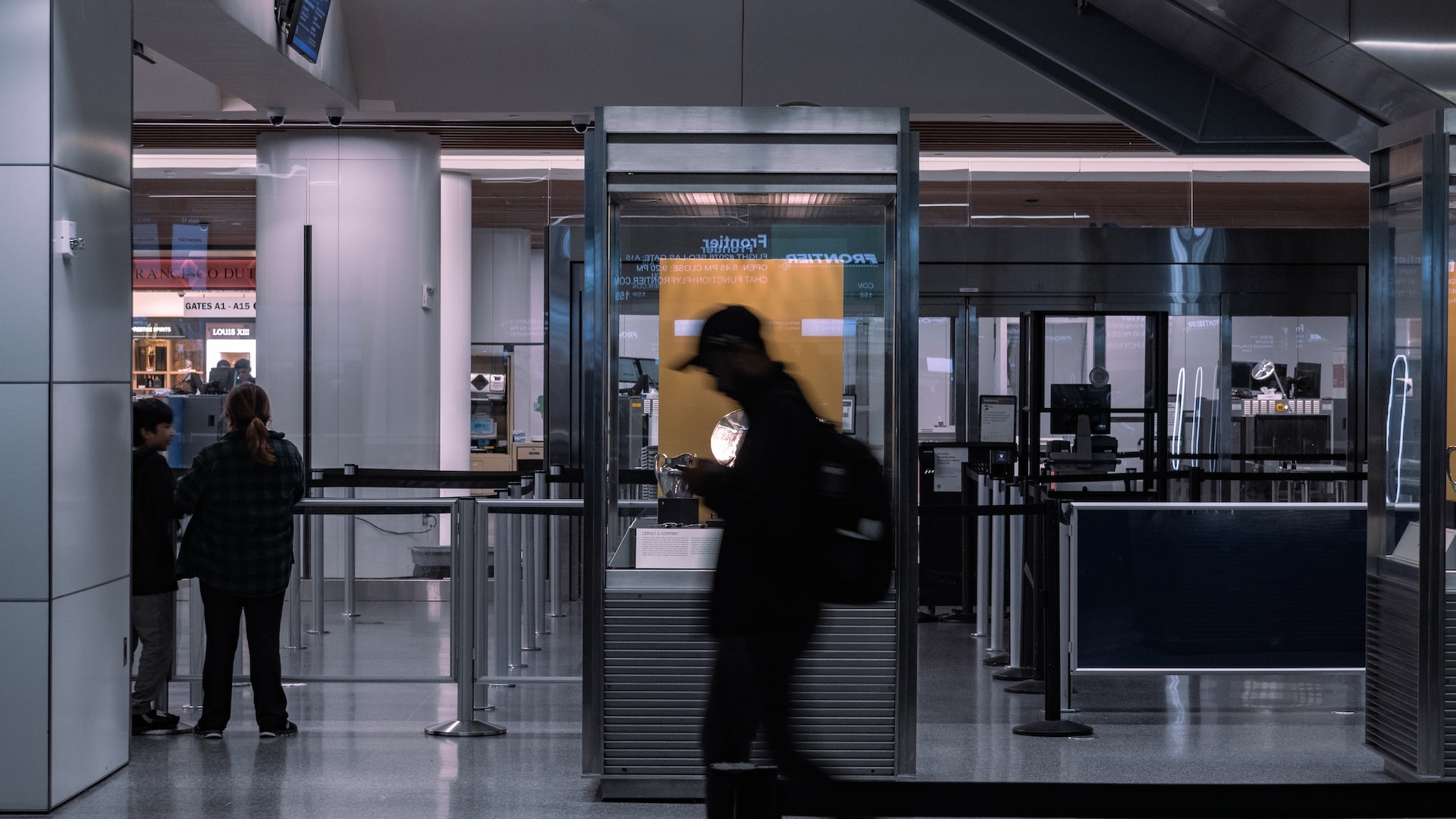
Chances are, if you dread waiting in long lines at the airport, you already know about — or have already enrolled in — Clear. The expedited security program beloved by frequent fliers is rolling out a new identity verification process to make things even speedier for Plus members. Honestly, I never thought I would be so happy to see news of facial recognition technology akin to something out of an episode of The Jetsons at airports, but from the looks of it, this new tech is going to speed up the flight check-in process to the point where maybe, just maybe, getting to the airport hours earlier than your flight is scheduled to leave will soon be a thing of the past.
NextGen Identity+ is set to offer convenience by introducing a high-fidelity digital identity facial scan. A Clear spokesperson confirmed to The Points Guy that verification for enrollment in Clear’s NextGen Identity+ began Nov. 30 for Plus users. Once enrolled, Plus users will be able to use their face as the primary biometric for membership identification in airports.
Clear has been at the forefront of automating identity verification during TSA screenings, offering a separate security lane with dedicated kiosks, sparing you the wait for a TSA agent to examine your ID during the airport security process. Now, Clear Plus members will be able to verify their identity using facial recognition, integrating into TSA equipment for smooth entry into physical screenings pre-flight. This enhancement aims to offer an even more expedited experience for users while bolstering security measures for air travel.

What is NextGen Identity+, and how does enrollment work?
This advanced system uses facial recognition as the primary method for identity verification at airport security checkpoints. Next Gen Identity+ marks a pivotal moment in Clear’s evolution, eliminating the need for users to provide additional biometric information, such as fingerprints or iris scans. Instead, Plus members can seamlessly authenticate their identity solely through a facial scan, enhancing convenience and expediting the security screening process.
This cutting-edge technology is engineered to integrate seamlessly into Transportation Security Administration (TSA) equipment, enabling Clear Plus members to move swiftly through security checkpoints without the need to pause at Clear Pods or undergo multiple biometric verifications.
The upgrade to NextGen Identity+ is entirely cost-free for Clear Plus members but does involve a few steps. To begin the process, every family member under an account will receive a separate email to initiate their individual upgrade.
Here’s how it works:
- Activate the link: Check your email for a unique link sent by Clear to create a one-time password, verifying your phone number.
- Visit the airport: When traveling next, bring along a valid form of identification (an unexpired driver’s license, state ID, or passport) to a Clear Enrollment Pod. Pro tip: A passport expedites the upgrade process.
- Complete the process: At the Clear Enrollment Pod, an ambassador will update your photo, completing your free upgrade.
Once enrolled, Clear Plus members gain access to the Next Gen Identity+ technology wherever it becomes available. While the rollout is planned to occur gradually over the following year, this innovative feature is expected to significantly enhance the airport experience for members by reducing wait times and providing an improved security clearance process.
Currently available at 54 U.S. airports and numerous stadiums and venues, Clear boasts nearly 19 million members nationwide. Furthermore, the Reserve powered by Clear feature, available at 20 airports in the U.S., Canada, and Europe, allows travelers to schedule TSA security entry based on flight departure times. Clear has a yearly membership fee of $189, although certain credit cards and travel rewards programs do cover the cost as a perk of using their services.
With Clear’s addition of NextGen Identity+ technology, it’s finally time for travelers to say goodbye to lengthy lines and hello to the future of airport security.
Editors' Recommendations
- Travel tips and tricks: Dumb mistakes I make every time (but you can avoid)
- AAA says these are the worst (and best) times to travel this holiday season
- How to choose the best travel insurance plan
- Flight attendant shares genius travel tips and a key hotel hack on TikTok
- American Airlines, United Airlines, and more: Study says these are the most unreliable airlines for holiday travel




